Steven McAllister
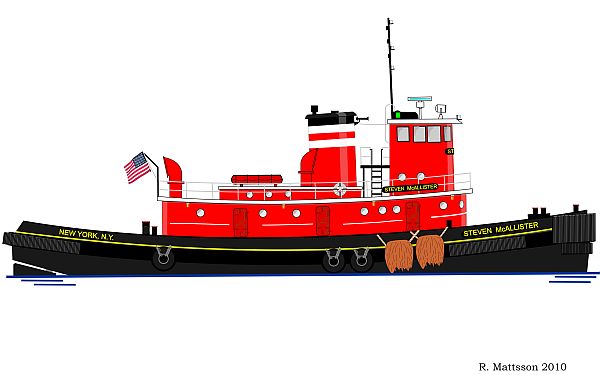
- Type:
- artificial reef, tugboat, McAllister Towing, USA
- Built:
- 1949, Jakobson Shipyard, Oyster Bay, NY USA, as Paterson
- Specs:
- ( 95 x 25 ft )
- Sponsor:
- Hudson River Fishermen's Association of New Jersey
- Sunk:
- Friday September 22, 2000 - Sea Girt Artificial Reef
- GPS:
- 40°06.883' -73°41.534'
- Depth:
- 125 ft
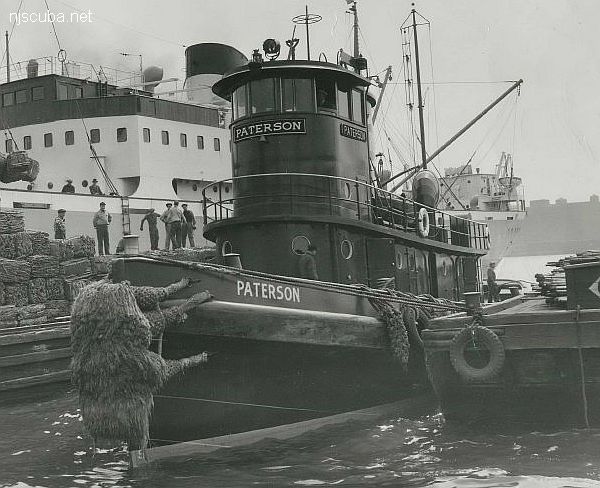
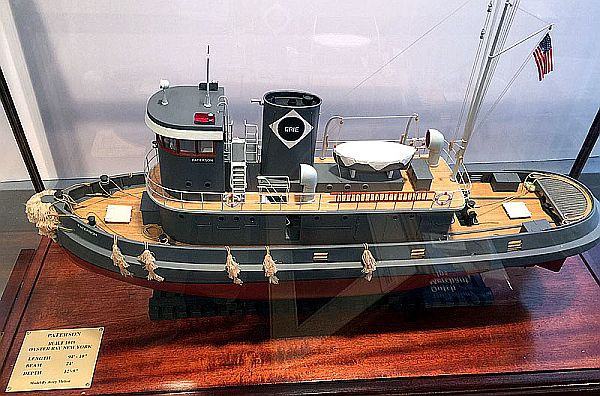

This tug now lies upright with a slight list to starboard on a hard sand bottom. The top of the wreck is at a depth of 90 ft while the main deck is at 110 ft. The engine was removed prior to sinking.
Built in 1949, by Jakobson Shipyard of Oyster Bay, New York as the Paterson for the Erie Railroad Company of Jersey City, New Jersey. In 1960, the Erie Railroad Company became the Erie Lackawanna Railroad Company of Jersey City, New Jersey, where the tug retained her name. Later acquired by the McAllister Brothers Towing Company of New York, New York, where she was renamed Steven McAllister. She was a single screw tug, rated at 1,000 horsepower.
tugboatinformation.com
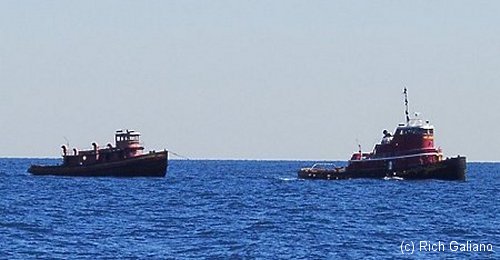
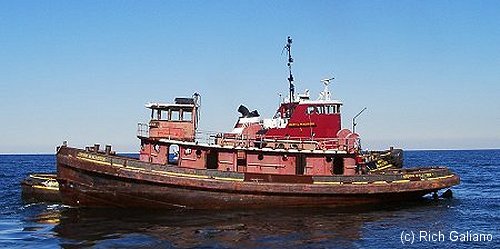

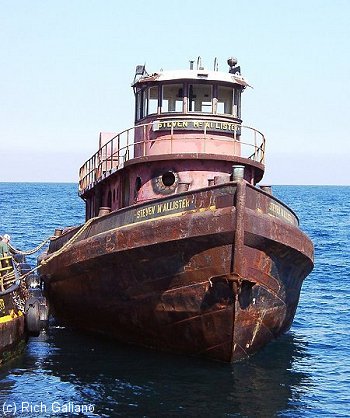
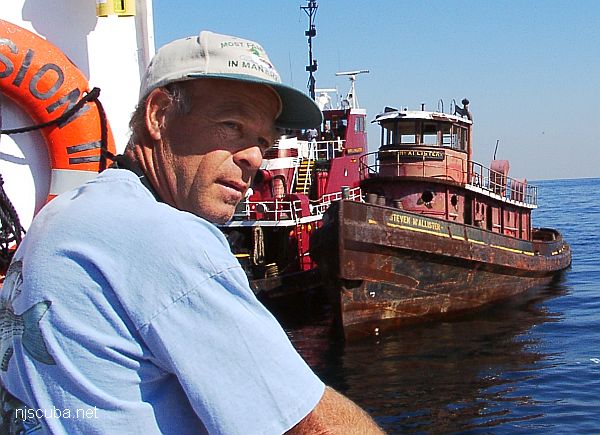
The old boat was sunk by opening the seacocks, which took much longer than anticipated - about 8 hours longer.

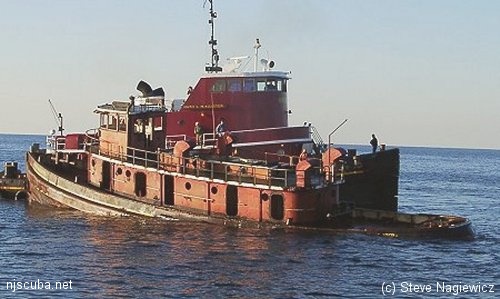
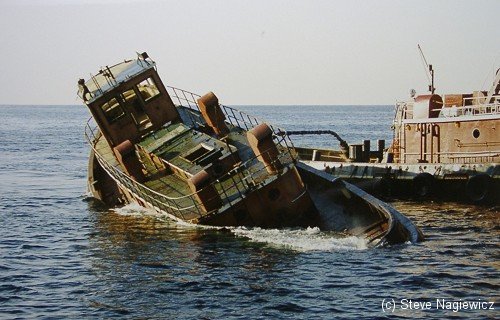

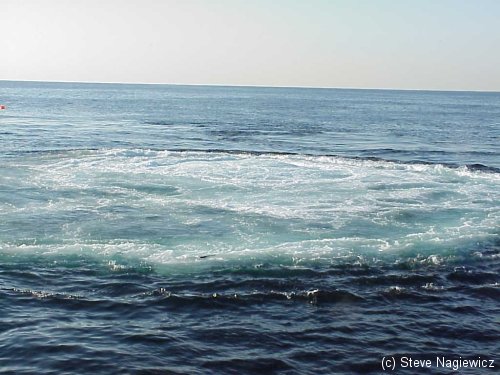
In the end, the "HRFA" sank so fast that I didn't even get a shot of it ! These were taken by Captain Steve Nagiewicz. It took less than a minute for the old tug to roll over and sink.


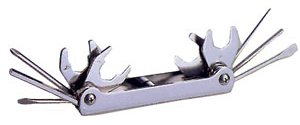
Questions or Inquiries?
Just want to say Hello? Sign the .